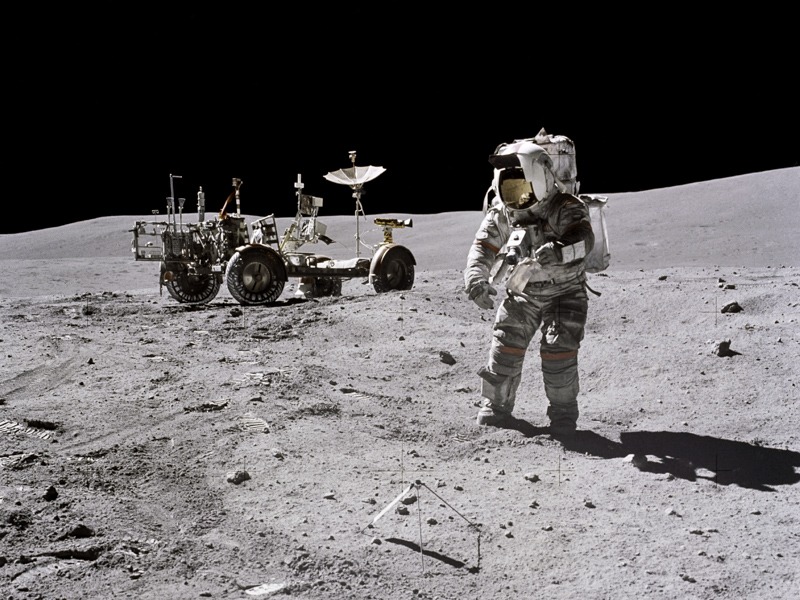
Why It is Important to Go to the Moon and How It Can Tell Us About Earth’s Early History
Dr. Amy Fagan, Associate Professor, Western Carolina University, Geosciences and Natural Resources Department
Billions of years ago, a Mars-sized object impacted a young Earth, sending material out into cold space, which eventually coalesced into a familiar body in our night sky: the Moon. Join Dr. Fagan to hear about what we have learned about the Moon from robotic and human missions, satellites and rock samples. But there is still more to discover, which is why NASA and other space agencies have their sights set on returning to the lunar surface to answer some of the Moon’s mysteries; learn more about Earth’s early evolution and asteroid bombardment history; and prepare us to continue to explore other areas of the Solar System.
Join us on YouTube!
Live Virtual Presentation hosted by NC Museum of Natural Sciences’ Coordinator of Current Science Programs Chris Smith and the NC Department of Environmental Quality Office of Environmental Education and Public Affairs staff.
You can post questions in the YouTube chat or tweet questions to #LunchTimeDiscovery and mention @NorthCarolinaEE.
Brought to you by the NC DEQ Office of Environmental Education and Public Affairs and the NC Museum of Natural Sciences.


